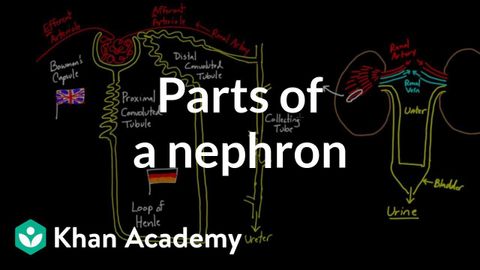ネフロンのパーツ (Parts of a nephron)
mac が 2021 年 01 月 14 日 に投稿  この条件に一致する単語はありません
この条件に一致する単語はありません- v.i.着く : 到着する;(郵便物が)~に届く;~という状態になる
- v.t./i.~に向かって進む : ~に同行する
- v.t./i.(ボールを)ヘディングする;先頭にいる : 最初にいる;向かう;〜の頭である;率いる
- n. (c.)一頭 : 一匹;長 : 代表;コインの表;頭;源
- n. (u.)能力;頭脳 : 知能 : 理性
US /ɪmˈpɔrtnt/
・
UK /ɪmˈpɔ:tnt/
- adj.地位の高い;重要な;重鎮
- n. (u.)重要なこと
- v.t.引く;引き込む;引っ張る;引き出す
- n. (c./u.)引きつけるもの;くじで引き当てたもの;引き分け
- v.i.近づく;引き分けになる
- v.t./i.線を引く : 描く
エネルギーを使用
すべての単語を解除
発音・解説・フィルター機能を解除

